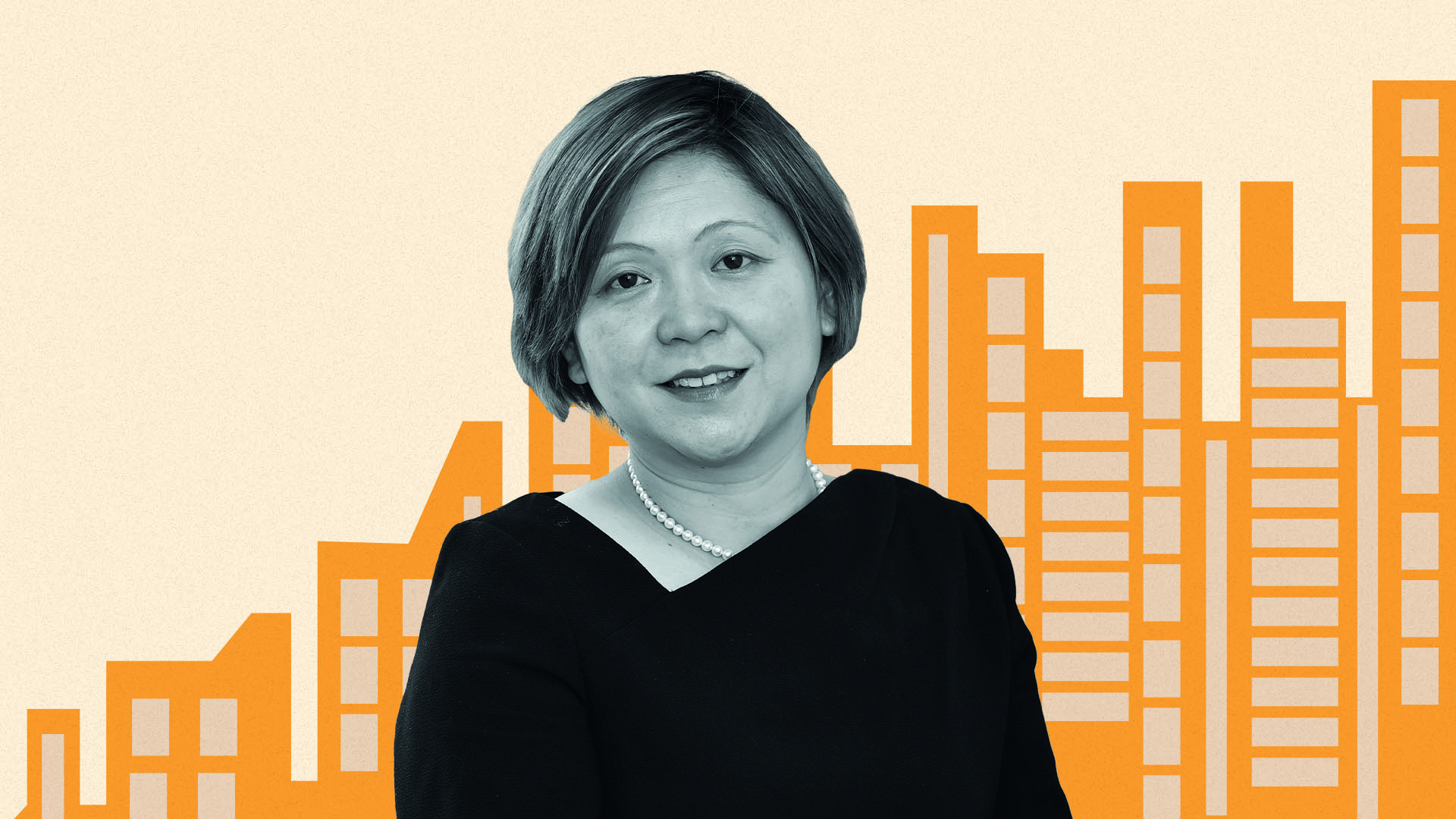
When Laura Collins MRICS joined Stanhope she was the sole woman on the London-based developer’s operations team. Her manager, anxious that she should feel supported, checked up on her regularly. There was no need, she says: “This is what I have been doing for the last 16 years. It’s no different. I’m used to being in a room full of men.”
Almost three years later, a second woman is joining the team, which numbers fewer than 20, putting it more or less in line with the overall average representation of women in UK construction industry professions: 14%. It is a situation that cannot be allowed to persist if the sector is to address its recruitment crisis, argues Collins. “This isn't just an EDI (Equality, Diversity and Inclusion) issue. We've got record vacancies in the construction industry. We need to attract people regardless of their backgrounds. But we've got to do some things a bit differently.”
Collins joined David Langdon as an 18-year-old apprentice, studying for her degree alongside her work, and became one of the world’s youngest chartered surveyors when she qualified as a quantity surveyor five years later. Her career has seen stints with contractor Mace and consultancy Rider Levett Bucknall, and she picked up the RICS Matrics Young Surveyor of the Year 2018 award along the way, before being recruited by Stanhope as a project executive in 2019.
Now a project director, her responsibilities involve major City of London schemes at Warwick Court and 8 Bishopsgate. She is also using the experience gained along her own unconventional path into surveying, as part of the RICS Qualifications and Assessment Committee (QAC) review of the Assessment of Professional Competence (APC) and of the routes into the profession.
Creating an inclusive environment
While increasing the proportion of women in the industry is vital, Collins is adamant that the way to achieve it is not through ‘male bashing’. “Some of my best allies in the industry are men,” she says. “A huge percentage of the profession are men, and we need to get them on the journey. We want an inclusive environment. Creating a divide is not the answer.”
She is uncomfortable with the idea of women-only shortlists as a means to accelerate female representation. “I would rather companies find rising stars within their businesses, train them and put them on leadership programmes. I have always said to whoever I've worked with: ‘do not promote me, do not put me on a job because I'm a woman, because I'm not interested. I want to be there because I'm good at my job.’”
Collins credits Stanhope for embracing the need to create a more diverse workforce. “I'm probably a little bit different to the kind of person they traditionally recruited. But they recognised that they needed to change.” Collins says working for the company is “the best job I have ever had, I love it.”
It is evident that her enthusiasm for the profession is not shared by enough potential female recruits, however. She believes that too little is being done to educate girls about the profession at school age. “We live in a bit of an insular bubble in the construction industry. You go on LinkedIn, Instagram or Twitter, and everyone's posting about all of this great EDI stuff. But outside the bubble, a lot of people don't know about it. If they've had any experience with construction, it's usually a domestic builder.”
A ten-minute presentation as part of a school careers fair is never enough to convey the range of exciting roles available within the built environment sector, Collins argues. She advocates teaming up with people from other disciplines at such events to promote the industry more effectively, although she concedes that the time available is often a constraint. “I don't think we make the industry seem glamorous enough. I was at an evening black-tie event recently and I had been in my site boots three hours before, because that's just the nature of the job.”
Working flexibly
Her career at Stanhope has been enabled by the ability to work flexibly. “I'm a single parent, so my employer has got to be on that journey with me because I need to be able to support my daughter. And for Stanhope it was a big step, because traditionally from Monday to Friday you had to be in the office. To be fair to my managers, they recognised that they needed to have a bit more diversity in the technical teams, and completely dived in on the flexibility route. Then when COVID-19 hit, they were the ones on the phone to me, asking ‘how do we make this work?’”
The experience of the pandemic has made her optimistic that the property sector is capable of accommodating a more diverse workforce. “I really think we have moved forward a little bit.” She observes that more male colleagues are sharing childcare responsibilities like school pick-ups and are increasingly inclined to take parental leave. She is hopeful that employees will not be pressured to return to the office, but stresses they have a part to play by not taking unfair advantage of flexible arrangements.
Collins’ personal circumstances have provided her with an insight into another area of the inclusivity agenda. “My daughter has special needs, so I I'm a bit more clued-up on neurodiversity than I ever thought I would be. That filters through into everything I do in my work now, because it's about understanding different strengths and weaknesses and the way people work, which is good, especially for a leader. It gives me a different view when we are designing our buildings as well.
“We need to attract people regardless of their backgrounds. But we've got to do some things a bit differently” Laura Collins, Stanhope
Routes into the profession
As a member of the QAC, Collins is evaluating the routes into the surveying profession. While they are already fairly varied, they can sometimes be confusing and difficult to navigate, she says, citing the example of a woman who trained as a lawyer and later decided to become a project manager. “She applied to 16 different companies and each company said to her, you've got a law degree, so it doesn't work. Now she has finally found someone to take her on and she's absolutely flying.” Apprenticeships have become popular because they enable people to combine work with study, so perhaps more can be done to support entrants undertaking conversion courses, she suggests.
As an APC assessor Collins is concerned that the rigour of the test, and therefore its prestige, are in decline. She believes many candidates are no longer as well-supported supported or thoroughly vetted during the run-up to the assessment as they once were. Consequently, they are sometimes poorly-prepared. “The APC process needs a refresh. It has lost some of its specialness.” She proposed that some sort of additional test before sitting the APC might help to bolster standards.
“It's going to get to a point where people aren't going to bother. And that would be such a shame. It's called Royal Chartered status, so we should be really proud of that.” Restoring a sense of pride in chartership might also assist recruitment, she suggests. “Like every organisation, RICS has a really good opportunity to reset and refresh at the moment. Communication is a massive issue in this industry. Regardless of EDI, if people are proud to be a chartered surveyor, they are going to talk about it, and that is only going to improve things.”
“I'm a single parent, so my employer has got to be on that journey with me” Laura Collins, Stanhope


